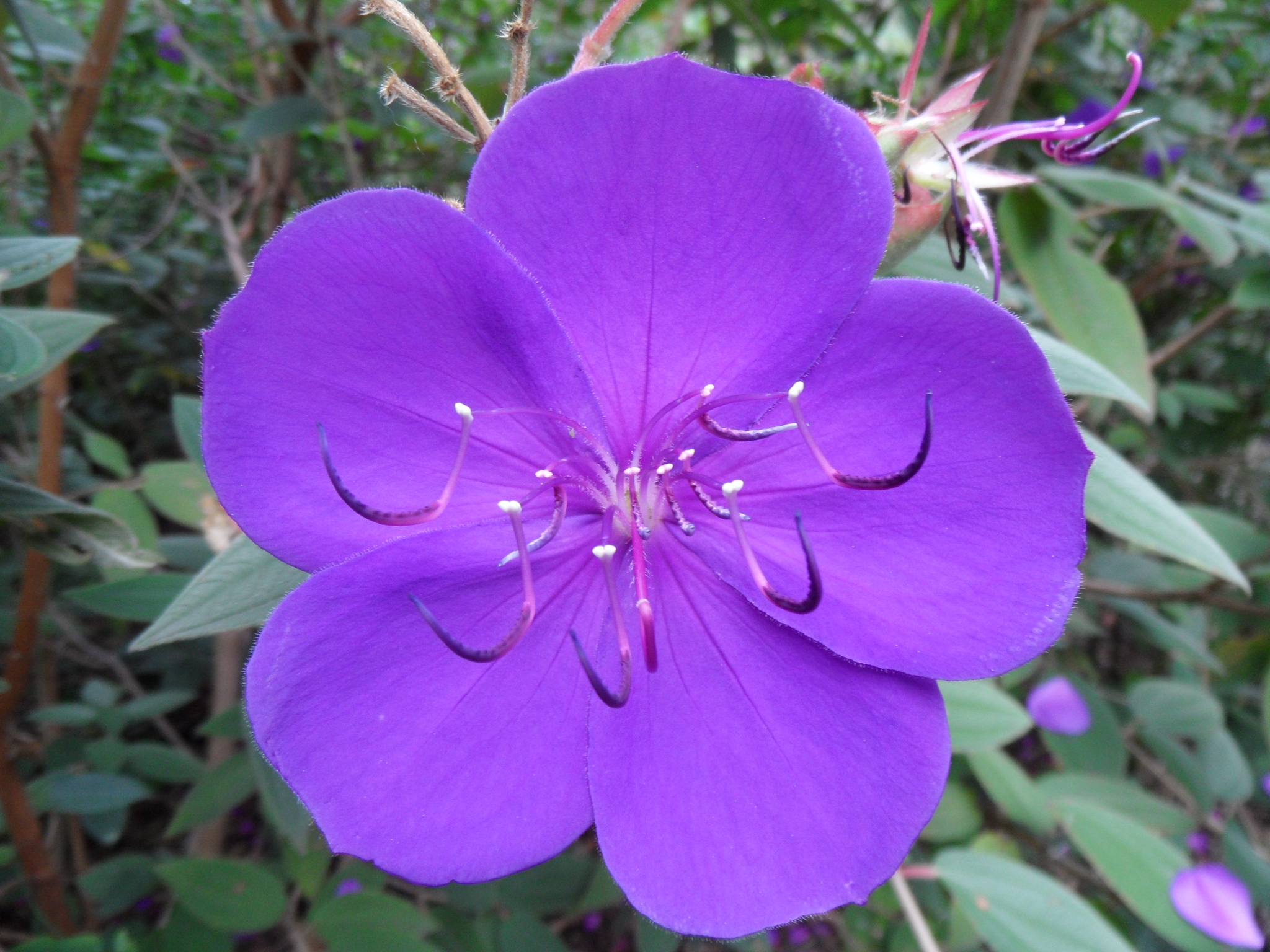
Annual or perennial herbs and shrubs, sometimes trees or vines, the stems often square in section. Leaves simple, opposite, decussate, entire or toothed and generally with 3 or 5 (7 or 9) prominent veins spreading from the leaf base and merging at the leaf tip. Flower clusters cymose, terminal or axillary. Flowers slightly irregular, sometimes with showy bracts. Calyx of 4-5 persistent, free, overlapping sepals. Corolla of 4-5 free petals, white, pink, blue, purple or red. Stamens twice as many as petals, often with appendages on the anthers. Ovary inferior to superior, of mostly 3-5 fused carpels and with same number of chambers. Fruit a capsule or berry.
A tropical family mostly cultivated in warmer districts; a few species have become widespread tropical weeds.
Centradenia is sometimes grown in warm climates; the species C. inaequilateralis G. Don from Mexico and Panama is listed as the cultivars 'Cascade', 'Pink Cascade' and 'Star Gazer'. Syn. C. rosea Lindl., Heterocentron roseum hort.
About 188 genera with 4950 species in tropical and warm regions, especially S America (there are 6 genera and 9 species in Australia).
Some trees are used for timber, others for edible fruit or dyes.
Prominent parallel veins in leaves; anthers with appendages.
Source: (2002). Melastomataceae. In: . Horticultural Flora of South-eastern Australia. Volume 3. Flowering plants. Dicotyledons. Part 2. The identification of garden and cultivated plants. University of New South Wales Press.
